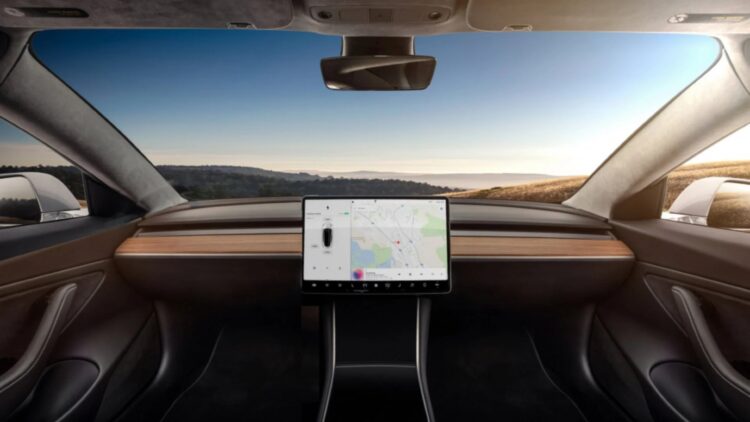Electrical vehicle giant Tesla has long been a pioneer of electric engine technology in passenger vehicles. Often cited as having a major influence in the rise in popularity of electric vehicles, taking them from niche explorations to luxury and desirable vehicles, all major automobile companies now offer electric models to remain competitive in a climate-conscious world. To stay ahead of the game, Tesla has shifted their focus from electric engines and battery technology to autonomous driving and their new Robotaxi fleet.
How Tesla changed the industry
The release of Tesla’s Model S in 2012 was a game-changer for the automobile world. At the time, electrical engine technology was just beginning to enter the market; however, the models possessed limited range and were not trusted by consumers. Tesla’s launch of their luxury electric vehicles shifted this attitude, with the company’s leading investment in battery technology and cutting-edge design, their vehicles prompted mass global adoption and competition of EV technology.
While the internal combustion engine is still the overwhelmingly dominant engine on the road, as well as the majority of electric engine sales coming from China, Europe, and the US, nearly all major automobile brands have now produced their own electric engine models, offering increased competition for Tesla. To address this, Tesla has turned their attention to autonomous driving systems and their new Robotaxi fleet.
Tesla’s Robotaxis hit the roads on this date
Tesla’s Robotaxis are a vision from the company to produce a fleet of autonomous electric vehicles, which ultimately will become a ride-hailing service. The pilot program will begin in Austin, Texas, and see between 10 to 20 Robotaxis within a limited operational zone where Tesla employees will be able to catch a ride to work. The initial project will join the likes of Alphabet-owned Waymo and Amazon-owned Zoox’s autonomous vehicle fleets in the city.
“We are being super paranoid about safety, so the date could shift. First Tesla that drives itself from factory end of line all the way to a customer house is June 28,” wrote Tesla CEO Elon Musk on social media platform X on June 11 2025.
The pilot project is set to hit the roads of Austin on June 22nd. While the vehicles are not yet for sale, Musk has previously stated that Tesla aims to start producing autonomous Robotaxis, known as Cybercabs, for consumer sale before 2027, with an estimated price of $30,000. Current Cybercabs still require a human driver. The company also has plans to unveil fully autonomous Model Y and Model 3 vehicles before the end of 2023.
Tesla perseveres with autonomous driving
Despite setbacks, Tesla has had their eyes set on a vision for a future which includes autonomous driving vehicles. Currently, the company offers two semi-autonomous driving technologies: Autopilot and Full Self-Driving (Supervised). These technologies have recently come under fire from the National Highway Traffic Safety Administration (NHTSA) due to their involvement in a number of road accidents.
However, while Tesla has changed their attention to autonomous driving to stay ahead, it will need to compete with the likes of Chinese automobile manufacturer BYD, which has become a rising global star in the electric vehicle world. Since 2022, BYD vehicles have surpassed Tesla in terms of the number of sales, with last year alone selling over four million units.
In addition, BYD offers its own autonomous technology, ‘God’s Eye’. Not only is the technology as competitive as Tesla’s, but all their models come automatically built with autonomous technology, albeit on a tiered system. Additionally, the company offers entry-level prices for its electric vehicles at a much more affordable rate than Tesla. These factors have played a major role in BYD’s sudden popularity, and Tesla may have to fight harder to maintain dominance.


